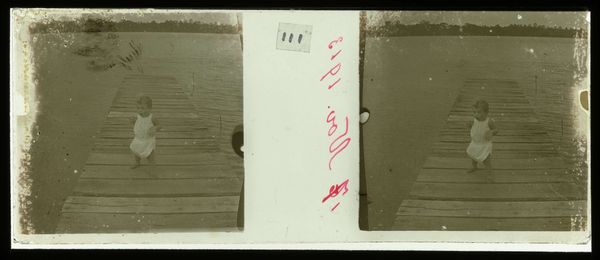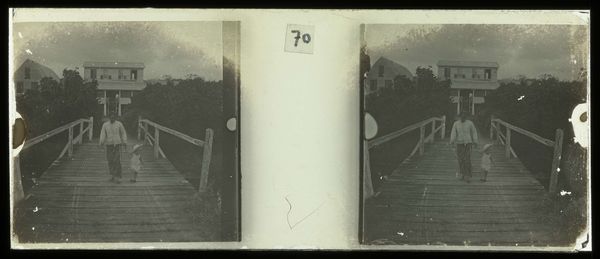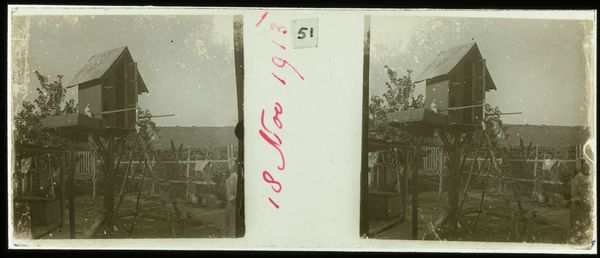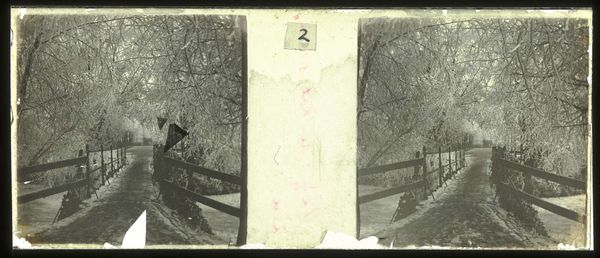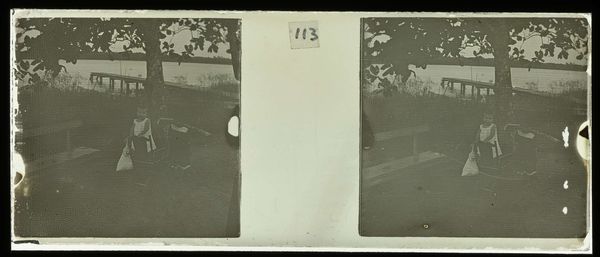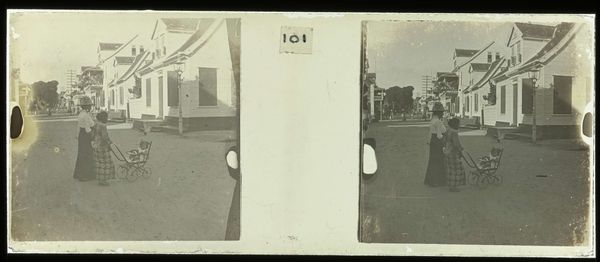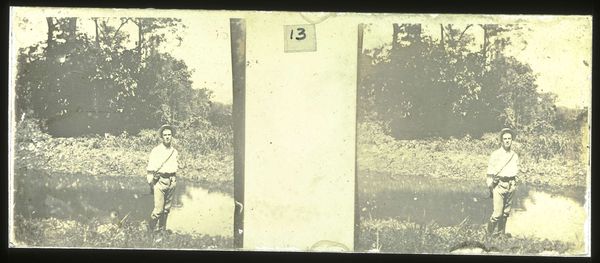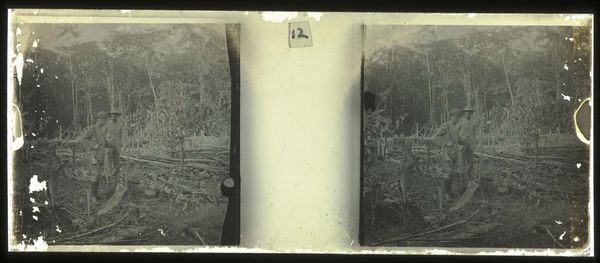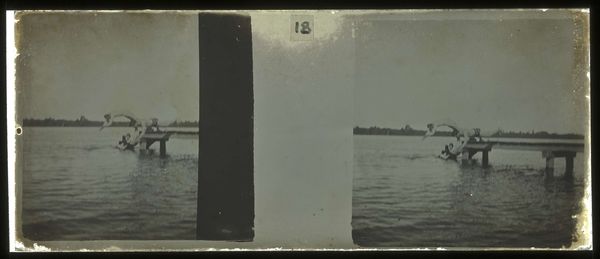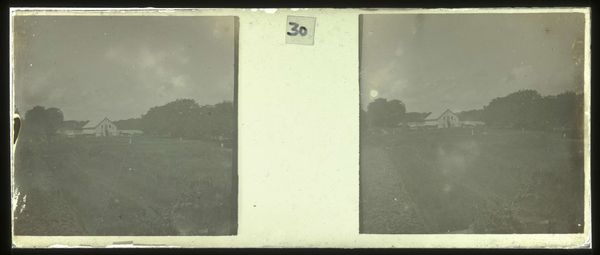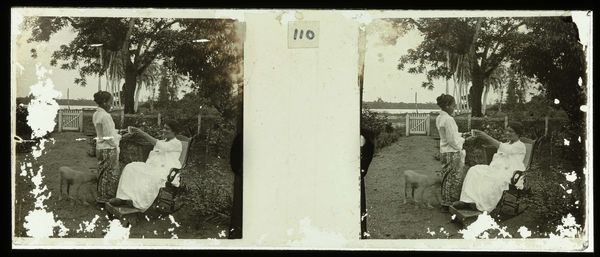
photography, gelatin-silver-print
#
portrait
#
landscape
#
photography
#
gelatin-silver-print
#
realism
Dimensions: height 4.5 cm, width 10.5 cm
Copyright: Rijks Museum: Open Domain
Editor: This is "Koeien in Nederland," or "Cows in the Netherlands," a gelatin silver print made sometime between 1913 and 1930 by Theodoor Brouwers. The composition is quite simple: a farmer in a field with his herd. There's a starkness to it that feels very grounded. What jumps out at you? Curator: Considering this gelatin-silver print, I'm immediately drawn to the labour embedded within. The gelatin silver process itself, with its reliance on meticulously crafted emulsions and precise development techniques, speaks volumes about the intersection of industrial chemistry and artistic practice. How did this method influence image making at the time? Editor: I see what you mean. The uniformity achieved must have been desirable for the art market. The production itself relies on standardized chemistry. Curator: Precisely! Think about it, what social strata did the ability to mass produce allow it to penetrate? Who could newly consume it? Moreover, this process democratized photography, enabling widespread dissemination of images, which shaped social perceptions. Can we examine how the labor of the agricultural worker in the foreground plays off against this industrial method of depiction? Editor: Interesting point! By photographing cows and the farmer, he's documenting traditional Dutch agricultural labor during a time of technological change. Is there something to be said, then, that it appears both picturesque and gritty at the same time? Curator: Indeed. Consider how the image's material existence contributes to its meaning. The physical print itself embodies labour. Furthermore, its survival as an object that could be considered beautiful underscores how art and commodification can intertwine. Has our perception shifted regarding how we value depictions of rural farm life from this period versus now? Editor: That’s given me a lot to consider – it's about labor at every level: creating the image, the labor shown in the image, the reproduction and consumption of the image, and so on. Thanks for opening my eyes! Curator: A materialist view, with emphasis on labour and social implication, brings a richer understanding to this pastoral photography, wouldn't you agree?
Comments
No comments
Be the first to comment and join the conversation on the ultimate creative platform.

